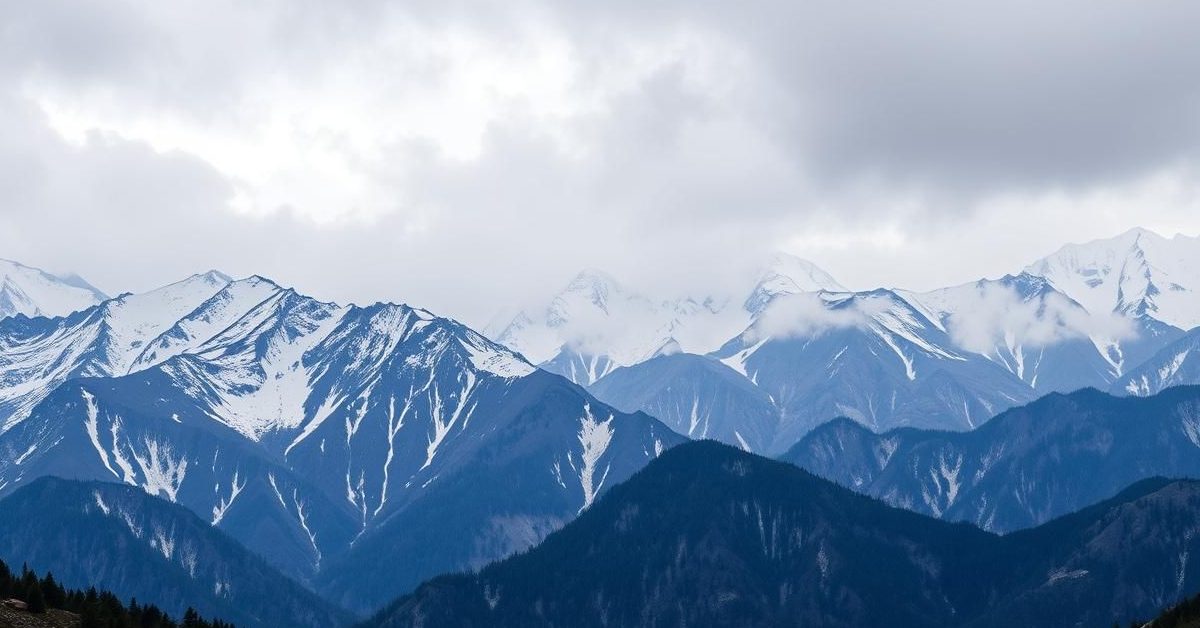This article covers several pressing global and national issues, from proposed US tariffs impacting India’s trade and the evolving landscape of terror financing, to environmental challenges in the Himalayas and a critical diplomatic case for an Indian national abroad. It also delves into international climate negotiations, the geological effects of melting glaciers, and the intricacies of maritime law.
New US Tariffs and India’s Economy
Former US President Donald Trump has announced significant tariffs, including 50% on copper and potentially up to 200% on pharmaceuticals. These measures are designed to protect American industries, but they carry considerable implications for global trade partners, including India.
India exported $360 million worth of copper products to the US in 2024-25, making up 17% of its total copper exports. The pharmaceutical sector faces an even larger potential impact, with the US being India’s biggest pharma market, accounting for 40% of its total drug exports at $9.8 billion in FY25. Trump has indicated a grace period for drugmakers to adjust before tariffs are enforced.
FATF Report: Evolving Terror Financing Threats
The Financial Action Task Force (FATF) recently highlighted how digital platforms, virtual private networks (VPNs), and e-commerce sites are increasingly exploited for terror financing. The report cited instances like the Pulwama attack in 2019 and the Gorakhnath Temple attack in 2022, where online services were used to transfer funds and conceal identities.
FATF also noted a trend towards decentralization in terror operations, with regional hubs and self-financed cells adapting to local contexts and diverse funding sources, including criminal proceeds and business investments. Some terror groups are even reportedly receiving state sponsorship.
The Nimisha Priya Case: A Fight Against Execution
Indian nurse Nimisha Priya, convicted of murder in Yemen, faces execution on July 16. Efforts are underway to negotiate a pardon through “diyya” or blood money, a compensation payment permissible under Islamic law. The amount for her pardon could be as high as $400,000.
The Indian government has been closely monitoring the case and providing assistance to Nimisha’s family. Her mother has been in Yemen, actively involved in the ongoing negotiations to save her daughter’s life.
Uttarakhand’s Carrying Capacity and Overtourism
Uttarakhand is initiating studies to assess the “carrying capacity” of its cities, particularly in the Himalayan region. This is crucial for sustainable development, as unchecked tourism and construction activities can severely strain the delicate ecology and infrastructure of hill towns.
The concept of carrying capacity refers to the maximum population or activity an area can support without causing environmental degradation. The increasing influx of tourists, such as the 37 lakh visitors to Hindu shrines in summer 2025, highlights the urgent need for planned development to prevent ecological imbalances, similar to the land subsidence crisis seen in Joshimath.
BRICS Nations Reject Europe’s Carbon Border Adjustment Mechanism
BRICS nations have strongly condemned Europe’s Carbon Border Adjustment Mechanisms (CBAMs), calling them unilateral and unfair trade barriers. CBAMs impose duties on imports based on their carbon emissions, making goods from countries like India more expensive in European markets.
The BRICS group argues that such measures violate international trade and climate agreements, including Article 3(5) of the UNFCCC, which promotes an open international economic system and warns against disguised restrictions on trade under the guise of climate action. They also emphasize the need for developed countries to fulfill their climate finance commitments to developing nations.
Reforming the UNFCCC Climate Process
The international climate negotiations under the UN Framework Convention on Climate Change (UNFCCC) are facing a credibility crisis due to slow progress and a perceived lack of accountability for developed nations. The recent withdrawal of the United States under Donald Trump further underscores these concerns.
Efforts are underway to reform the UNFCCC process ahead of COP30 in Brazil, aiming for greater efficiency, transparency, and inclusivity. One key challenge remains the consensus-based decision-making, which often hinders ambitious outcomes as every one of the 190+ parties must agree.
Melting Glaciers and Volcanic Activity: The Isostatic Rebound Effect
A new study reveals that melting glaciers and ice caps can lead to more frequent and explosive volcanic eruptions. This phenomenon, partly linked to isostatic rebound, occurs when the immense weight of ice sheets is removed, reducing pressure on underlying magma chambers.
This reduction in pressure allows underground gases and magma to expand, potentially triggering eruptions. Historical examples like Iceland, where volcanic activity surged during past deglaciation periods, support this. The study points to West Antarctica, with its numerous buried volcanoes and rapidly melting ice, as an area of high future risk.
Maritime Law: The “Arrest” of Ships and Admiralty Suits
In maritime law, the “arrest” of a ship is a legal procedure where a vessel is detained by court order to secure a maritime claim. This was recently seen when the Kerala High Court ordered the conditional arrest of the Liberian container ship MSC Akiteta II.
The Kerala government filed an admiralty suit, seeking Rs 9,531 crore in compensation for marine pollution caused by the sinking of another ship from the same company, MSC Elsa III, which carried hazardous substances. India’s Admiralty (Jurisdiction and Settlement of Maritime Claims) Act, 2017, governs such disputes, extending jurisdiction to various High Courts and covering a range of maritime claims.















